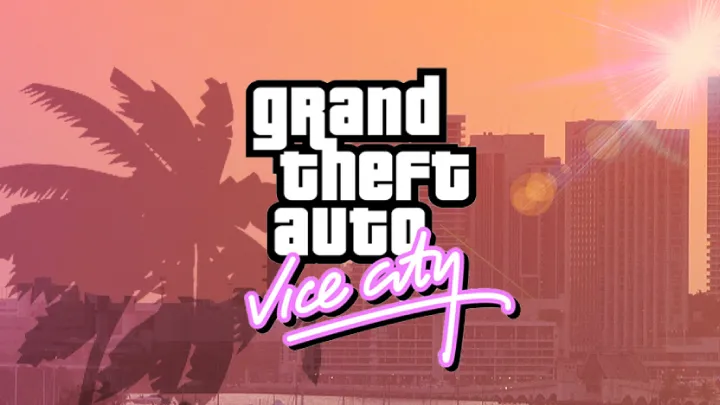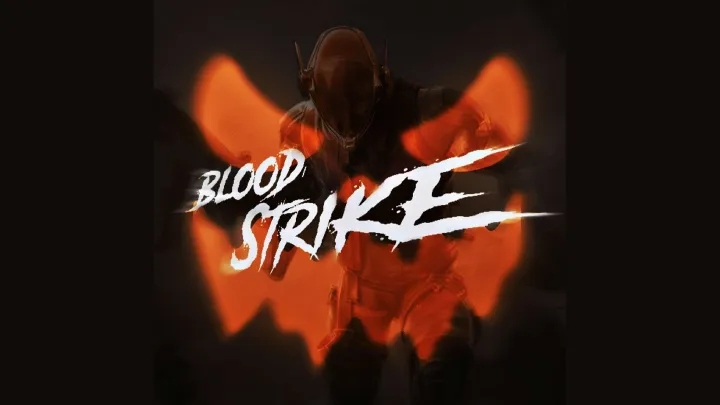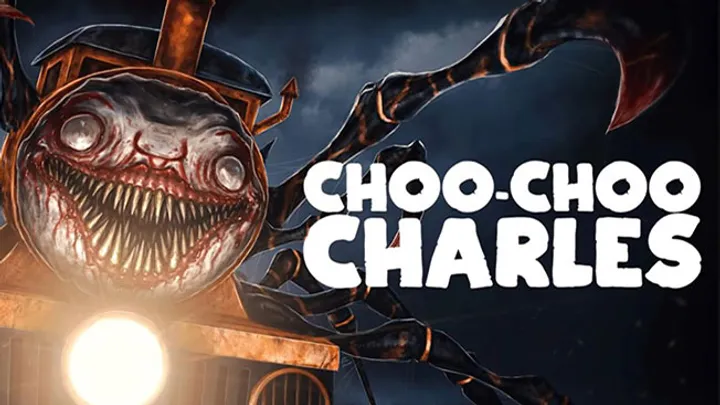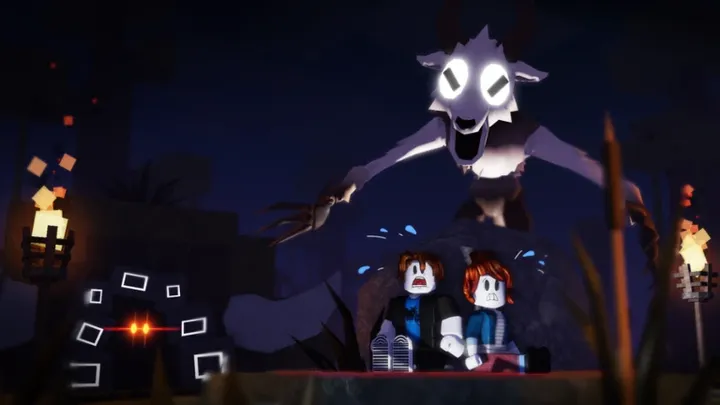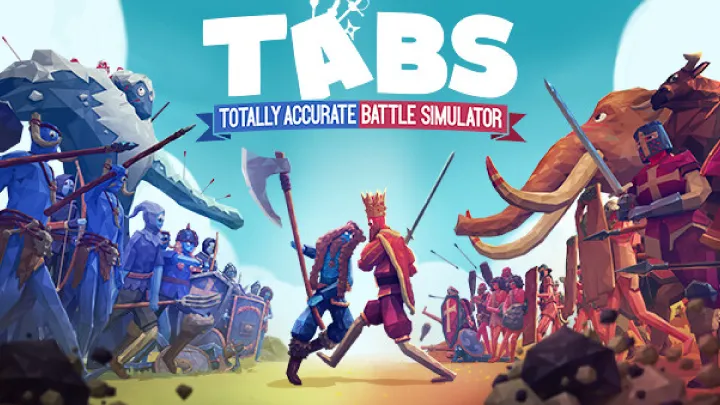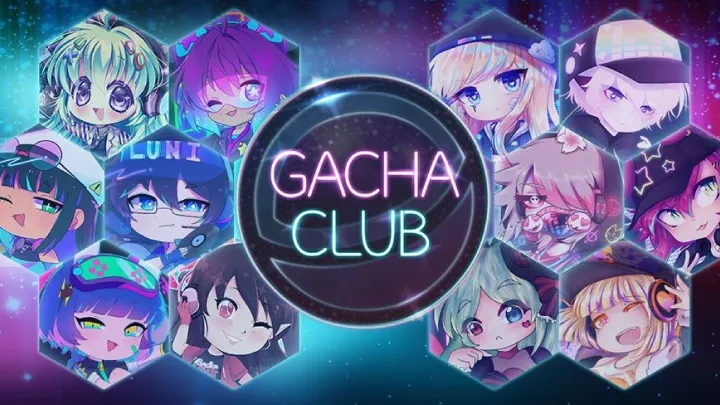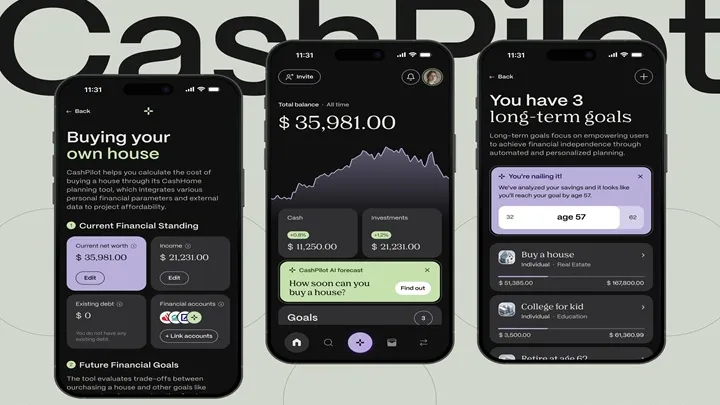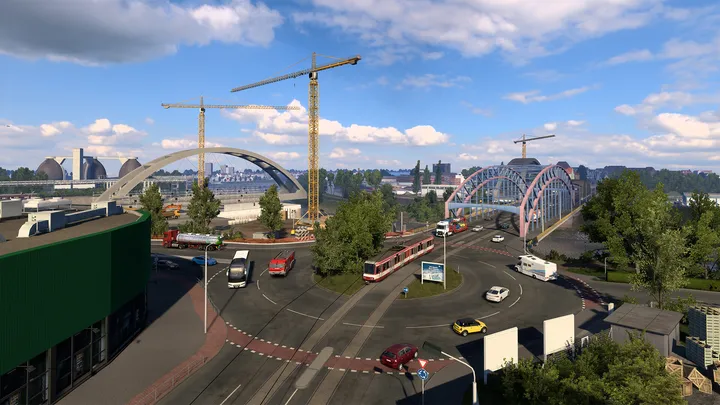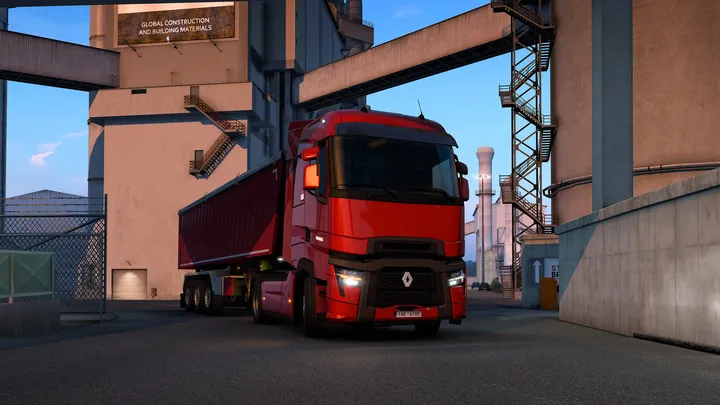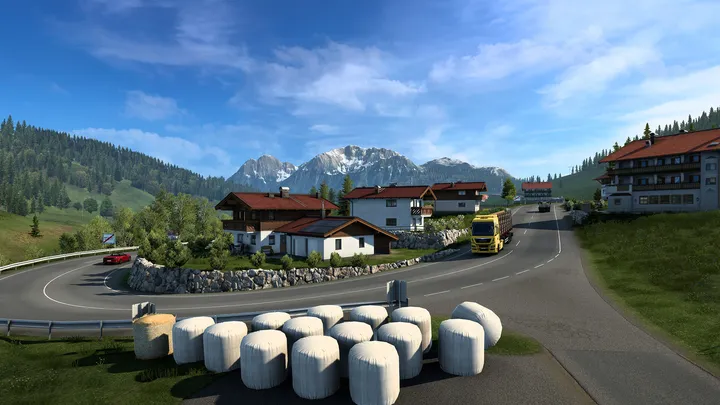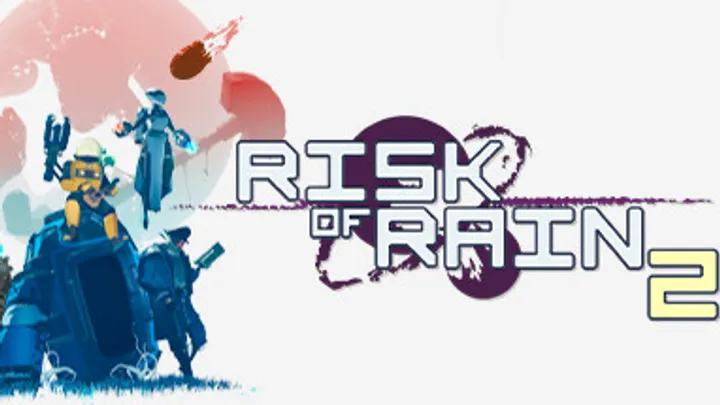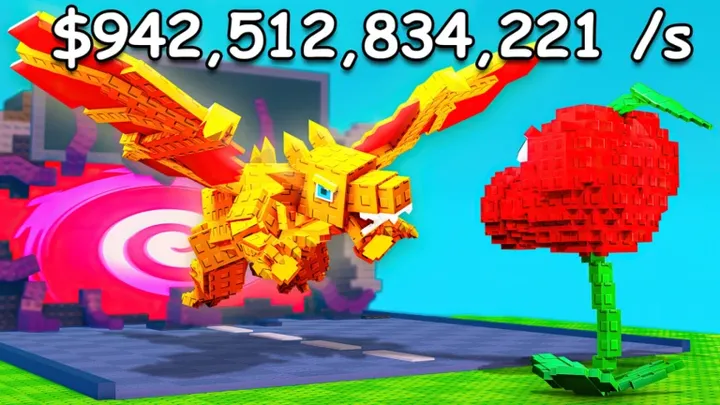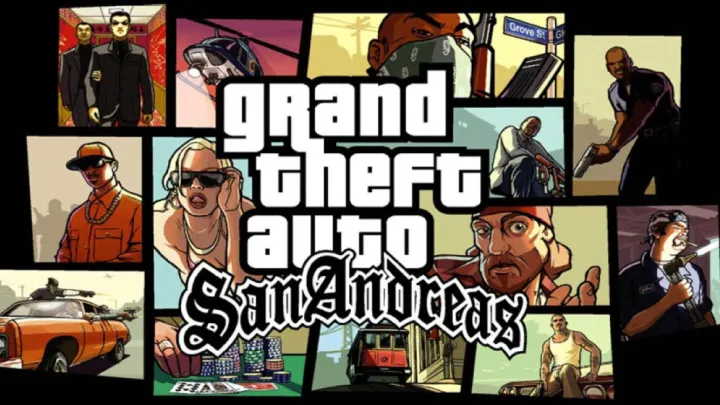Introduction
Few video games capture an era as perfectly as Grand Theft Auto: Vice City. Released in 2002 by Rockstar Games, Vice City transported players into a neon-soaked, cocaine-fueled vision of 1980s Miami. At its time, the game revolutionized open-world storytelling, combining criminal drama, pop-culture references, and groundbreaking freedom of play. Today, more than two decades later, Vice City remains both a nostalgic masterpiece and a cultural touchstone in gaming history.
The Cultural Impact of Vice City
Vice City was more than just a game—it was an event. Launching on the PlayStation 2 just a year after Grand Theft Auto III changed the industry, Vice City amplified everything: style, story, and scope.
- Pop Culture Tribute: Inspired heavily by Scarface, Miami Vice, and the excesses of 1980s America.
- Music and Radio Stations: A curated soundtrack that defined the decade for millions of players.
- Mainstream Recognition: The game pushed video games into the cultural spotlight, for both praise and controversy.
Storyline and Narrative Depth
At its heart, Vice City is a crime drama about ambition, betrayal, and empire-building.
Tommy Vercetti’s Rise
You play as Tommy Vercetti, a mobster fresh out of prison, sent to Vice City to oversee a drug deal gone wrong. From there, Tommy builds his criminal empire through alliances, violence, and sheer willpower.
Themes of Power and Corruption
The narrative explores:
- The American Dream twisted by crime.
- The cost of ambition in a corrupt city.
- The betrayal and loyalty between gangsters.
For 2002, the story’s cinematic presentation—with cutscenes, voice acting, and branching missions—was revolutionary.
Setting: Welcome to Vice City
The city itself is the game’s greatest character.
- Urban Design: Split between the glitzy mainland and the sun-soaked beach island.
- Neighborhoods: From Cuban gang territories to luxury mansions.
- Immersion: Blaring neon signs, fast cars, and beach culture make the world unforgettable.
Vice City was one of the first open worlds that truly felt alive, with pedestrians, traffic, and dynamic weather creating an organic atmosphere.
Gameplay Mechanics
Core Freedom
Players were given unprecedented freedom:
- Steal cars, bikes, boats, and helicopters.
- Engage in side activities like vigilante missions, cab driving, and pizza delivery.
- Build a criminal empire by purchasing properties and businesses.
Combat and Action
Gunplay, melee combat, and explosive chaos gave Vice City its chaotic edge. While clunky by modern standards, the arsenal of 80s-inspired weapons kept gameplay diverse.
Vehicles and Exploration
Vice City embraced its 1980s identity through vehicles:
- Sports Cars: Perfect for high-speed chases across neon-lit streets.
- Motorcycles: Introduced to the GTA series here, offering speed and mobility.
- Boats and Helicopters: Expanding gameplay beyond land for the first time.
Exploration wasn’t just optional—it was rewarding. Players discovered hidden packages, stunt jumps, and Easter eggs that kept the city full of secrets.
Soundtrack and Audio Design
Perhaps the most iconic feature of Vice City was its radio stations.
- Pop Hits: Michael Jackson, Blondie, and more.
- Rock Anthems: Motley Crüe, Judas Priest.
- Talk Radio: Satirical shows that parodied American culture.
Each station captured the mood of the 80s, turning every car ride into a time machine. The soundtrack remains one of the most beloved in gaming history.
Characters and Voice Acting
The cast of Vice City brought life to its story:
- Tommy Vercetti: Voiced by Ray Liotta, a charismatic yet ruthless protagonist.
- Lance Vance: A partner turned betrayer.
- Ricardo Diaz: A flamboyant drug lord.
- Ken Rosenberg: A crooked lawyer providing comic relief.
Unlike the silent protagonist of GTA III, Tommy’s personality elevated Vice City’s story into cinematic territory.
Influence on the Gaming Industry
Vice City was pivotal for the industry:
- World-Building: Set new standards for open-world design.
- Mature Storytelling: Pushed video games into controversial but artistic territory.
- Legacy: Inspired countless successors, including GTA: San Andreas and GTA V.
It showed the potential of video games as narrative-driven entertainment.
Re-Releases and Modern Reception
Vice City has been re-released across multiple platforms:
- Mobile Versions: Introduced the game to a new generation.
- Definitive Edition (2021): A remaster that sparked debate due to technical flaws but rekindled nostalgia.
- Modding Community: Keeps the game alive with graphical overhauls and fan expansions.
Even with its age, Vice City continues to resonate.
Strengths of Vice City
- A narrative-rich, character-driven story.
- Revolutionary open-world design for its time.
- Iconic soundtrack that defines an era.
- Memorable characters voiced by Hollywood talent.
- Endless replayability with side missions and property management.
Weaknesses of Vice City
- Clunky shooting and driving by modern standards.
- Limited interior spaces compared to later GTAs.
- Smaller map than San Andreas or GTA V.
- Story pacing occasionally disrupted by grind-heavy missions.
Final Verdict
Grand Theft Auto: Vice City is not just a game—it’s a time capsule. By blending stylish visuals, an unforgettable soundtrack, and groundbreaking freedom, Rockstar delivered an experience that shaped modern gaming. While mechanics may feel dated, its cultural impact remains untouchable. For many, Vice City is the definitive GTA experience, a neon-drenched crime saga that never loses its charm.














































